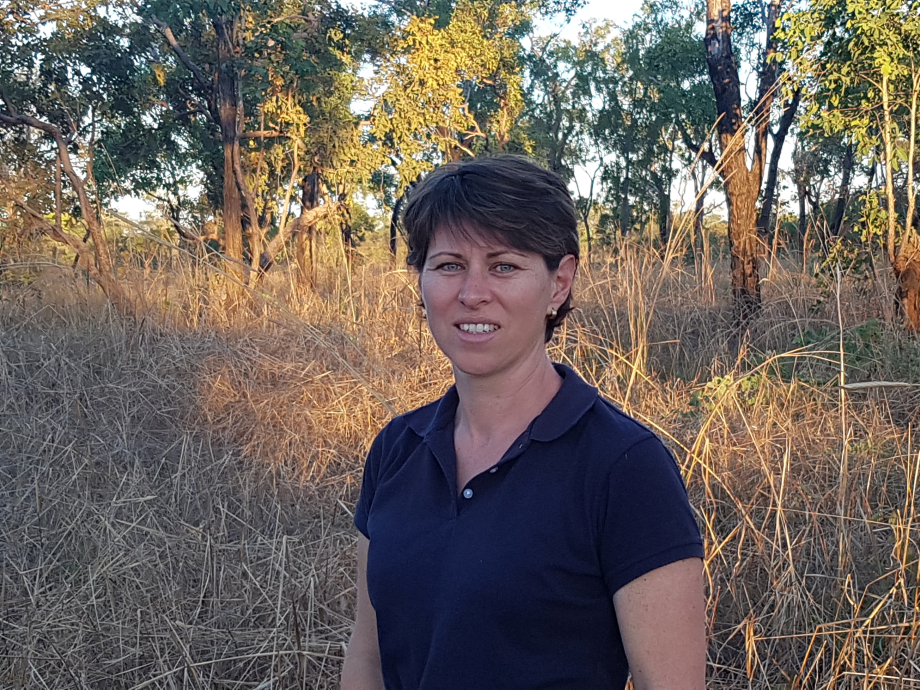Five steps to make fertilising sown pastures pay
03 February 2023
A group of northern producers looking to improve property productivity used an MLA Producer Demonstration Site (PDS) to see if it’s economical to fertilise sown pastures – the results show it can be, with the right steps.
Fertilising sown pastures isn’t a common practice in northern Australia, but as land and animal values increase and the productivity of older pastures decreases, there’s growing interest.
“The PDS found fertilising rundown pastures produced, on average, double the yield of that in unfertilised paddocks,regardless of season,” the PDS Coordinator Jill Alexander said.
“Fertilised pastures stayed green for up to a month longer than control paddocks and crude protein levels were consistently higher in the fertilised pasture throughout the year.
“The PDS concluded sown pasture fertilising is economically worthwhile on the Western Darling Downs. Using fertiliser prices paid during the project period (2018–21) fertilising was a good investment and a more economically sound option than planting forage sorghum.”

How to make it pay:
Jill said before producers start fertilising pastures, they need to rule out that grazing management isn’t an issue and ensure there’s a level of rest for each paddock during the growing season. With this foundation, follow these tips to optimise management.
1. Get a soil test
Engage an agronomist to do full profile soil testing to assess if nutrient or subsoil constraints limit pasture productivity across different areas.
“You can’t manage what you don’t measure,” Jill said.
2. Prioritise paddocks
“You will achieve the best ‘bang for your buck’ by focusing on deep, high water holding capacity soils such as clay loams and clays because those soils will store and hang on to nutrients better than shallow or sandy soils,” Jill said.
Prioritise paddocks which have the highest density of desirable species but show signs of chronic rundown, to reinvigorate what’s there as opposed to trying to establish more species.
Signs pasture needs fertilising are:
- lower than expected yield for rain received
- discoloration such as yellowing of the pasture and ‘burning off’ along the tips and centre of older leaves
- poor flowering and low viable seed production
- poorer than expected animal performance (lower live weight gain for the yield).
Remember – there’s no point fertilising if you can’t use the extra feed produced.
3. Get your equipment in order
It’s important to secure access to the equipment you need to apply the fertiliser because more volatile fertilisers, like urea, are best spread onto pasture as close to a rain event as possible.
4. Select which fertiliser application strategy
Producers should work with their agronomist to decide when to apply fertiliser and whether to do split applications or bigger applications up-front.
For example, if there’s a dry start to the growing season, it’s worthwhile splitting the recommended application into two – half to go on in spring after some rain, the other half in mid-growing season (but if there isn’t enough rain you might hold off).
5. Crunch the numbers
With fertiliser input costs at an all- time high, the PDS found producers can still get a return on their investment.
“In these wetter years, even if the prices are higher, the PDS found producers would break even, but it takes a longer payback period,” Jill said.
“When there’s plenty of subsoil moisture, it’s the availability of nutrients that typically limits pasture growth.”
As land prices increase, fertilising existing pasture provides a relatively quick way to increase scale of operation.
“Producers can either increase their carry capacity by buying more land, improving the condition of the land they currently have by increasing the density of palatable species (which takes time and good wet seasons), or by fertilizing to increase the yield of the existing palatable pasture,” Jill said.



